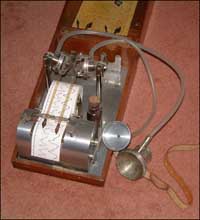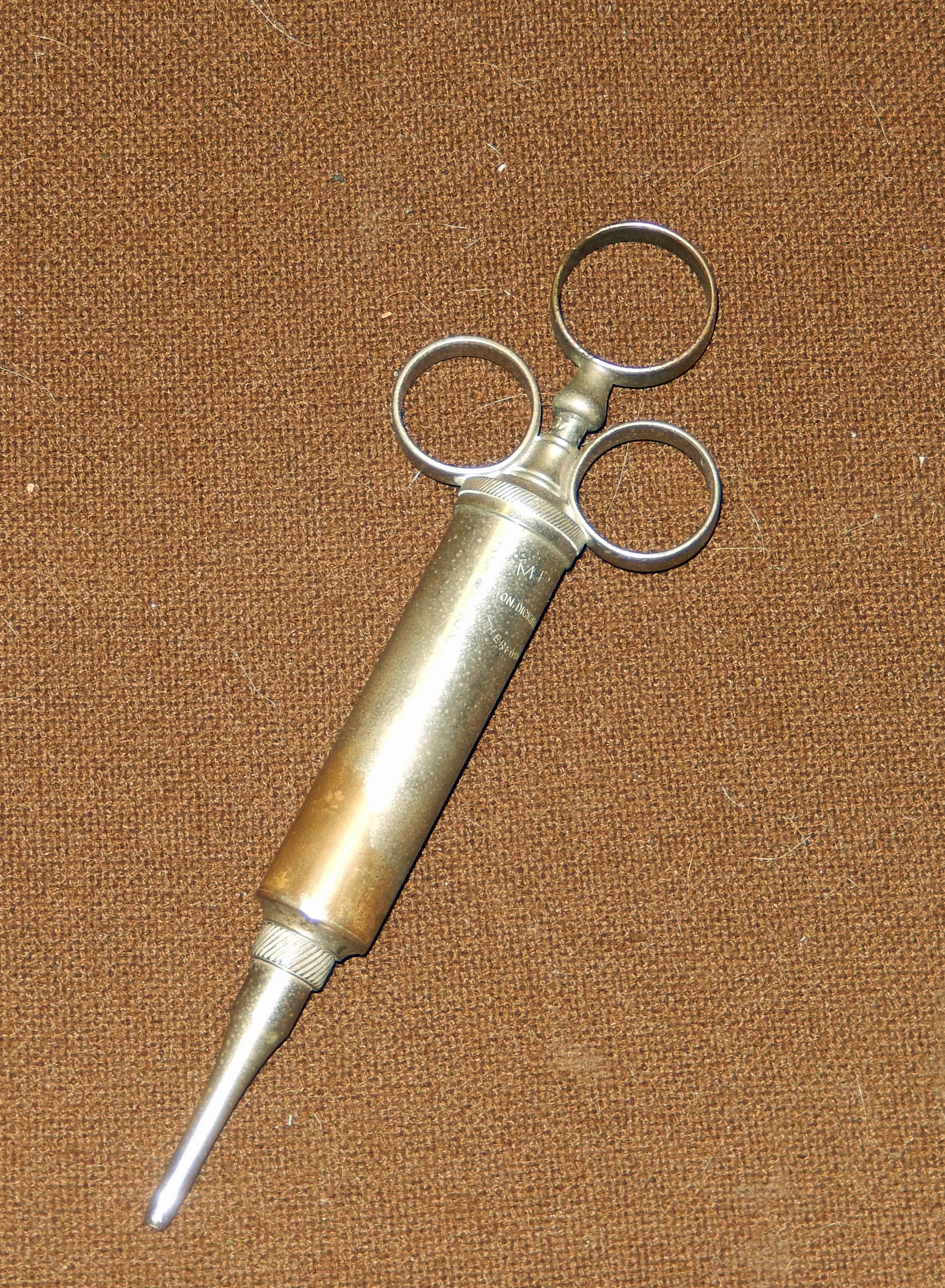In a “Viewpoint” published in JAMA a month ago,[1] Michael Nochomovitz and Rahul Sharma suggest that the time has come to create a new medical specialty: virtual medicine. Extrapolating from the manner in which medical specialties have traditionally arisen (viz., “by advances in technology and expansion of knowledge in care delivery”), they submit that telemedicine has advanced to the point of providing the basis for a new kind of specialty care. Telemedicine, as they define it, comprises various web-based telecommunications modalities, social media, teleconferencing, video face-to-face communications with patients, among them. They place before us medical virtualists, physicians who “will spend the majority or all of their time caring for patients using a virtual medium.”
Unlike today’s physicians, who make use of this or that “virtual medium” haphazardly and without formal training, the virtualist will achieve a set of “core competencies” through formal training. Their curriculum for certification, according to the authors, should include “knowledge of legal and clinical limitations of virtual care, competencies in virtual examination using the patient or families, ‘virtual visit presence training,’ inclusion of on-site clinical measurements, as well as continuing education.” Among the techniques in their arsenal will be those aimed at achieving “good webside manner” (authors’ italics).
Now, far be it from me to discourage the use of remote technologies to render health care delivery more efficient and especially to bring primary care to underserved communities. The value of “remote surgery” that ranges from telementoring and remote guidance to actual robotic operations is well-documented. But is a new medical virtualism specialty really in our best interest? Certainly, telemedicine will play an increasing role in medicine; the question is whether this “role” should become the basis of a bounded specialty. This would make the medical virtualist the first medical practitioner whose practice excluded (or drastically marginalized) patients, making it radically different from nonpractice specialties such as pathology or diagnostic radiology.
It is problematic especially in the cognitive specialties. We would have a subspecies of primary care doctors who specialized in care that was patient-uncentered, i.e., that was premised on the self-sufficiency of piece-person care as opposed to whole-person care. The proposal takes the current fragmentation of care among subspecialists and refashions it into a virtue. That is, we will have virtuous physicians who only practice virtual medicine and feel good about doing so. Such care differs from subspecialty care in a key respect: we typically see our subspecialists in the flesh. We can ask them questions, demand explanations, and criticize them for not giving us the time and attention we seek. In the absence of adequate time and attention, we can seek out a different subspecialist who is more patient-centered and welcoming. With the medical virtualist, on the other hand, dehumanization is integral to the specialty itself. The patient has no recourse; he is outside the virtualist’s purview altogether.
It is striking that the issue of patient trust is nowhere mentioned in the article, even though empirical research suggests that trust is the “basic driver” of patient satisfaction. It has been linked to less treatment anxiety, greater pain tolerance, and greater compliance.[2] But the authors subordinate all such issues to their focus on efficiency and ease of use. As such, their case rests on the assumption that informed the patient rights movement of the 1970s and ’80s: that patients are simply consumers in search of a commodity. Now, a half century after passage of the Patient’s Bill of Rights, the commodity is increasingly mediated by technology.[3] And “the success of technology-based services,” according to the authors, “is not determined by hardware and software alone but by ease of use, perceived value, and workflow optimization.” The need to humanize the delivery of technology, to convey to the patient some sense of what I have termed “caring technology,”[4] falls outside a conversation framed in terms of consumerist values.
But once we factor trust into the equation, we open a can of worms. For patient trust implicates the doctor’s touch, which includes both the laying on of hands and the implementation of office-based procedures. It also implicates human qualities such as caring, empathy, and the willingness to tolerate ambiguity. Finally, it puts us in contact with the Hippocratic Oath, in which ethical obligations revolve entirely around physicians treating patients who are full-fledged human beings, fellow sufferers. This is why Jennifer Edgoose and Julian Edgoose, writing in a recent issue of Annals of Family Medicine about “Finding Hope in the Face-to-Face,” begin with this sentence: “The daily work of clinicians is conducted in face-to-face encounters, whether in exam rooms, homes, or alongside hospital beds, but little attention has been paid to the responsibilities and ethical implications generated by this dimension of our relational work.”[5] Among these implications is the physician’s obligation not merely to be an instrument of diagnosis and treatment, but also to contain the patient’s “wounded humanity” in the sense of Pellegrino.[6]
I wrote In the Hands of Doctors precisely to explore, both historically and in the present, this dimension of physicians’ “relational work,” including the better and worse ways in which it can appropriate technologies that are not only sought after by patient-consumers, but viewed as remote and intimidating by patient-persons. Physicians who know their patients as wounded and vulnerable can humanize technology by pulling it into a trusting doctor-patient relationship.
These thoughts are a counterpoise to the authors’ brief for “the medical virtualist.” Their proposal is provocative and troubling. It inverts figure and ground, so that telemedicine, heretofore an adjunct to face-to-face care, becomes the ground of a specialty in which face-to-face care is incidental at best. In the domain of primary care, it segues into the philosophical question of who or what primary care virtualists are being trained to care for. Can one be a primary care physician of any type and care for some “thing” other than whole persons? The status of virtualism in surgical specialties is no doubt different.
I invite others to reply to this posting with their thoughts on a topic that will only grow in importance in the years ahead.
_______________________
[1] Michael Nochomovitz & Rahul Sharma, “Is It Time for a New Medical Specialty? The Medical Virtualist,” JAMA, 319:437-438, 2018.
[2] Paul E. Stepansky, In the Hands of Doctors: Touch and Trust in Medical Care (Montclair: Keynote, 2017), 21 and references cited therein.
[3] Stepansky, In the Hands of Doctors, 133-135
[4] Stepansky, In the Hands of Doctors, 82-98.
[5] Jennifer Y. C. Edgoose & Julian M. Edgoose, “Finding Hope in the Face-to-Face,” Ann. Fam. Med., 15:272-274, 2017.
[6] E. D. Pellegrino, Humanism and the Physician (Knoxville: University of Tennessee Press, 1979), 124, 146, 184, and passim.









